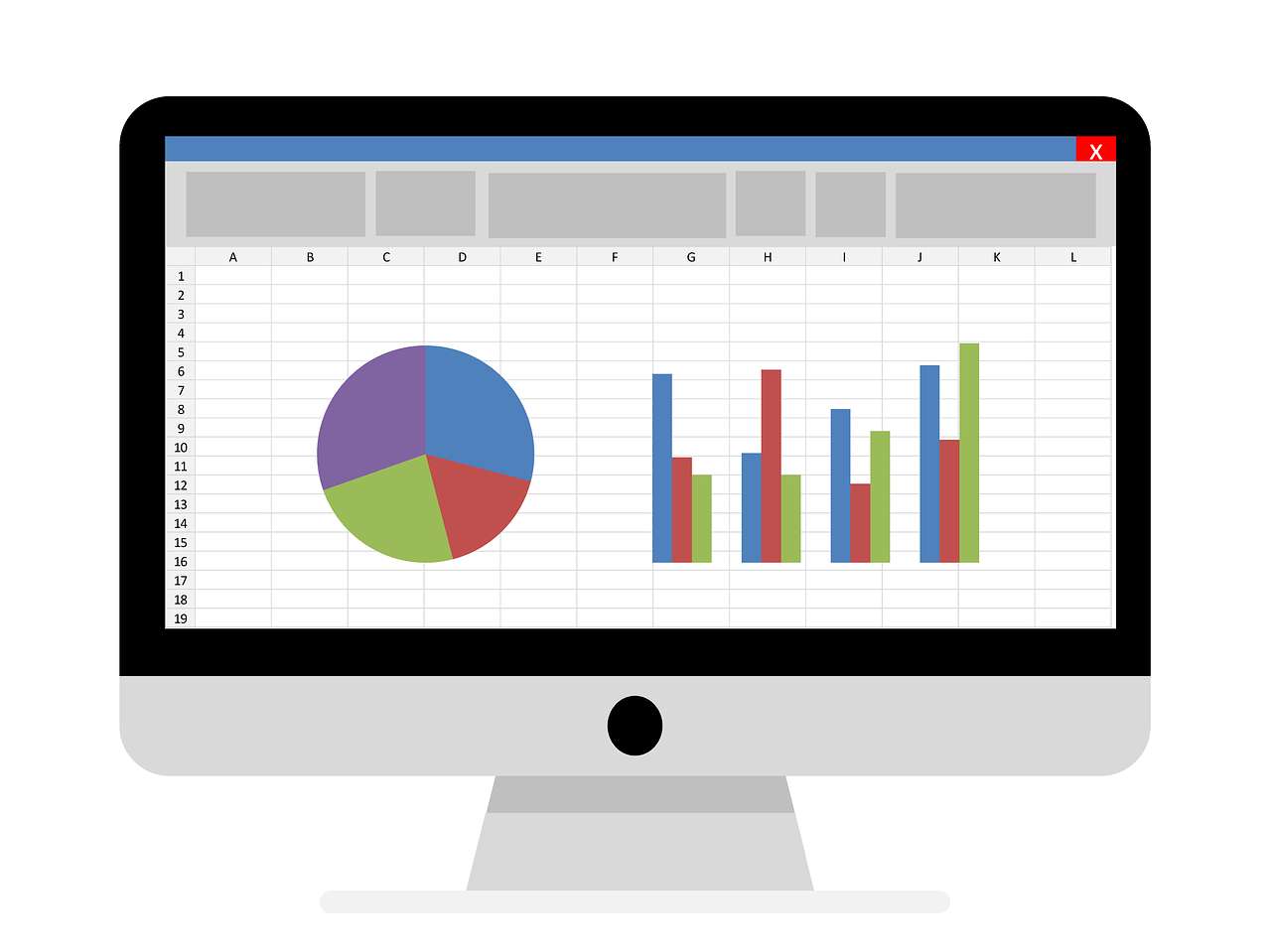Apache Pig Tutorial: An Introduction to Data Flow Language for Hadoop Ecosystem

Overview
Apache Pig is a data flow language that simplifies the process of analyzing large data sets in Hadoop. It is a high-level programming language that allows you to write complex MapReduce tasks without writing any Java code. In this tutorial, we'll introduce you to Apache Pig and show you how to use it to process big data. We'll cover topics such as Pig Latin language syntax, data types and structures, data processing operations, and user-defined functions. By the end of this tutorial, you'll have a solid understanding of how Apache Pig works and how it can help you process large data sets more efficiently. Whether you're a data analyst, a data scientist, or a big data enthusiast, this tutorial is for you. Frequently Asked Questions What is Apache Pig? Apache Pig is a data flow language that simplifies the process of analyzing large data sets in Hadoop. It is a high-level programming language that allows you to write complex MapReduce tasks without writing any Java code. What is Pig Latin? Pig Latin is the programming language used in Apache Pig. It is a simple and easy-to-learn language that allows you to write data processing operations using a simple syntax. What are some data processing operations in Apache Pig? Apache Pig provides a rich set of data processing operations such as filtering, grouping, joining, sorting, and aggregating. These operations can be used to process large data sets efficiently and quickly. What are user-defined functions in Apache Pig? User-defined functions (UDFs) in Apache Pig are functions that are written by users to perform custom data processing tasks. UDFs can be written in any programming language such as Java, Python, or Ruby.
Start TutorialTutorials are for educational purposes only, with no guarantees of comprehensiveness or error-free content; TuteeHUB disclaims liability for outcomes from reliance on the materials, recommending verification with official sources for critical applications.
Jaadav Payeng 1 year ago
hii i have a question ?Gauraav Tyagii 1 year ago
Good Content
Gauraav Tyagii 1 year ago
Yes, good contentSimilar Tutorials

Advanced Excel Charts Tutorial: How to Create Prof...
Learn how to create professional charts in Excel with our advanced Excel charts tutorial. We'll show...

Advanced Excel Functions: Tips and Tricks for Boos...
Are you tired of spending hours working on Excel spreadsheets, only to find yourself stuck on a prob...

Apache Flume Tutorial: An Introduction to Log Coll...
Apache Flume is a powerful tool for collecting, aggregating, and moving large amounts of log data fr...
Explore Other Libraries
Related Searches
Please allow ads on our site
Kindly log in to use this feature. We’ll take you to the login page automatically.
Login
Join Our Community Today
Ready to take your education and career to the next level? Register today and join our growing community of learners and professionals.

Your experience on this site will be improved by allowing cookies. Read Cookie Policy
Your experience on this site will be improved by allowing cookies. Read Cookie Policy


Comments(2)